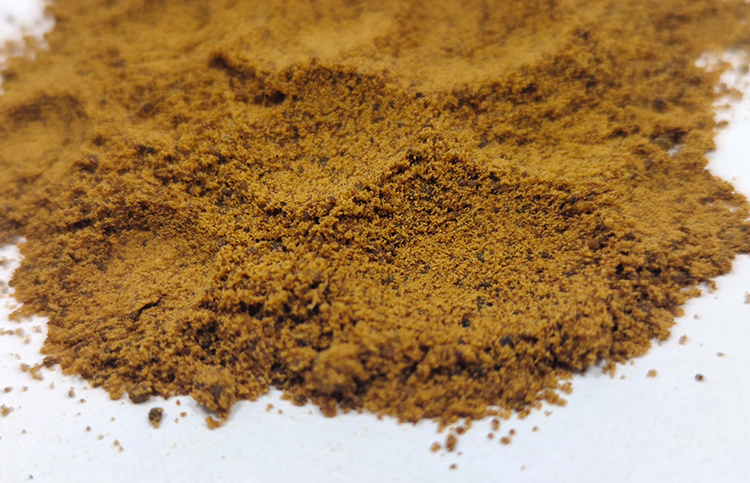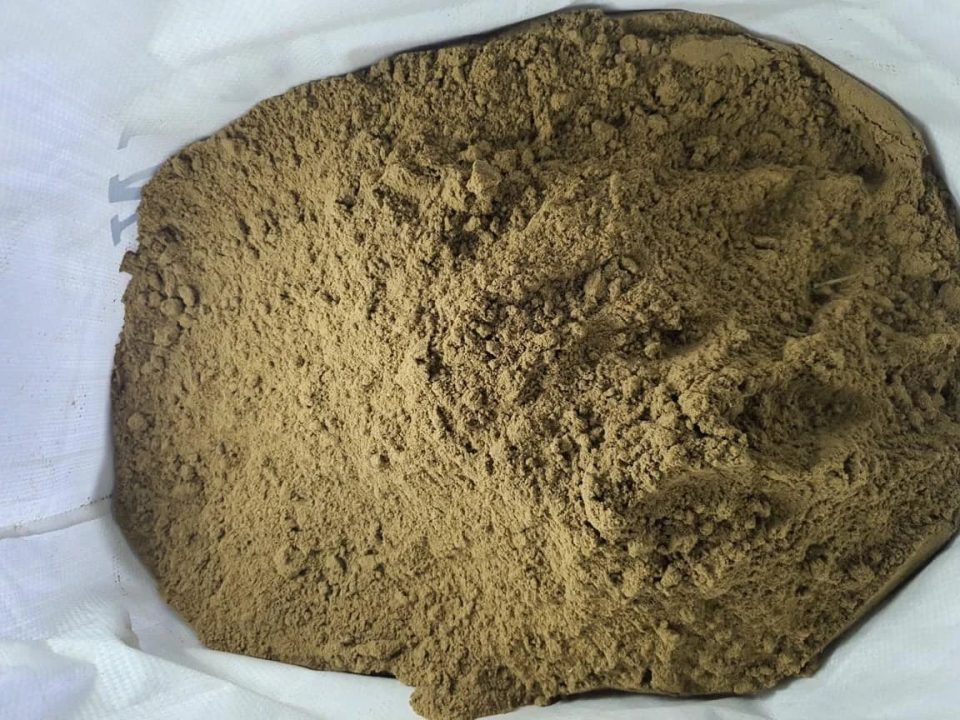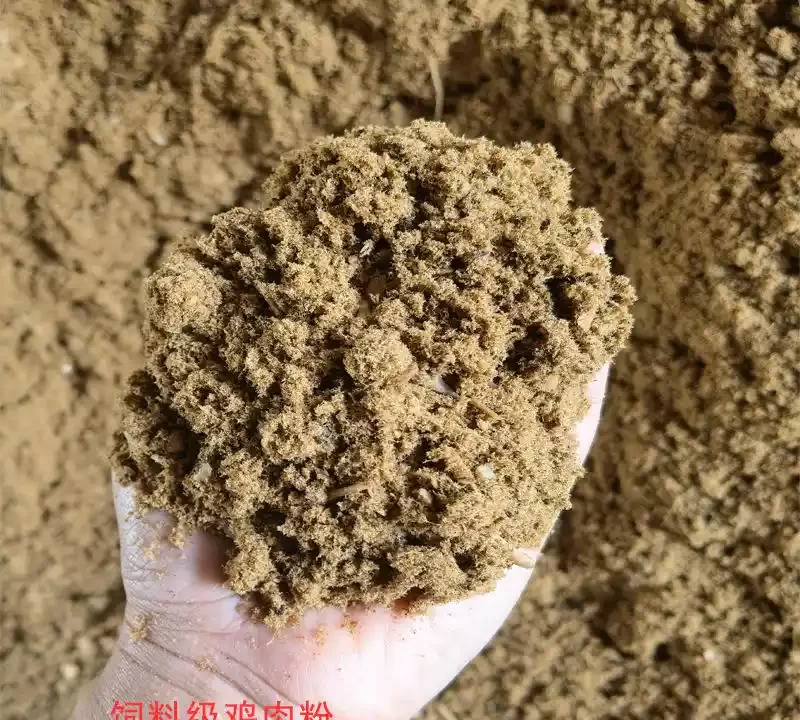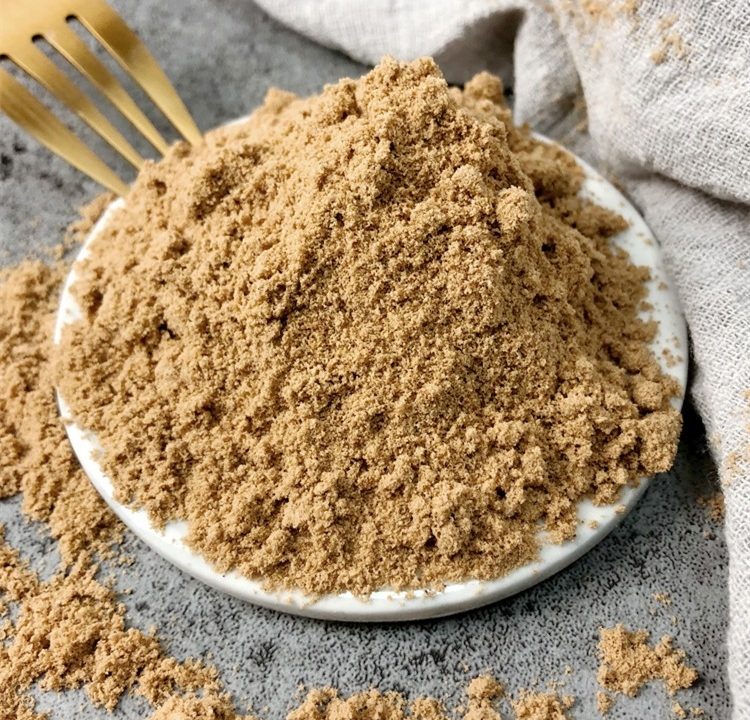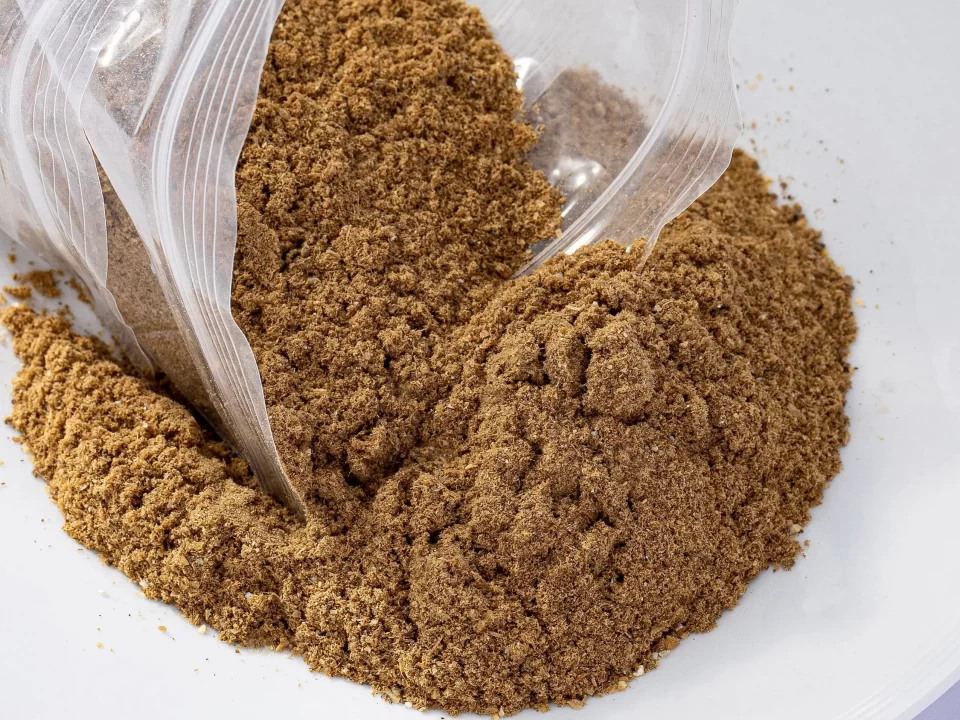Feed Additives Based on Chicken Liver Powder and Their Preparation Methods

Choline Chloride Adulteration Detection and Content Determination
June 30, 2025
Chicken Liver Powder for Feed and Its Applications in Pet Food Nutritional Characteristics
July 31, 2025Feed Additives Based on Chicken Liver Powder and Their Preparation Methods
Abstract
Chicken liver powder, a nutrient-rich feed additive derived from fresh or frozen chicken livers, has gained prominence in animal and pet feed industries due to its high protein content, essential vitamins, and superior palatability. This article provides a comprehensive overview of chicken liver powder-based feed additives, focusing on their nutritional characteristics, preparation methods, and applications in livestock, aquaculture, and pet food. The powder is produced through processes such as cleaning, grinding, high-temperature sterilization, and drying, ensuring retention of bioactive components and compliance with feed safety standards. Its high protein (65–70%), vitamin A, B vitamins, and mineral content make it an excellent protein source and palatability enhancer, particularly for pets and aquatic species. Preparation methods, including enzymatic hydrolysis and spray drying, enhance digestibility and flavor, addressing the growing demand for high-quality feed additives. Applications span poultry, swine, aquaculture, and pet food, with benefits including improved growth rates and feed intake. Innovations like enzyme-assisted processing and microbial fermentation improve nutritional profiles and sustainability. This study compares chicken liver powder with other protein sources, highlighting its cost-effectiveness and versatility. Compliance with standards like GB/T 19164 ensures quality and safety. By addressing these aspects, this article aims to guide feed manufacturers in optimizing chicken liver powder-based additives for enhanced animal health and industry efficiency.
1. Introduction
Chicken liver powder is a high-value feed additive derived from fresh or frozen chicken livers, recognized for its rich nutritional profile and excellent palatability in animal and pet feed applications. As a non-pig-source protein, it contains 65–70% crude protein, essential amino acids, vitamins (A, B complex), and minerals like iron and zinc, making it a premium ingredient for livestock, aquaculture, and pet food. The feed additive industry, which emerged in the late 1970s alongside the global feed sector, relies on such additives to enhance feed quality, improve animal health, and boost growth performance. Chicken liver powder’s unique flavor and bioactive components make it particularly effective as a palatability enhancer, increasing feed intake in species like dogs, cats, and aquatic animals. Its production involves rigorous processes, including cleaning, grinding, sterilization, and drying, to ensure safety and nutritional integrity. With the growing demand for sustainable and high-quality feed ingredients, chicken liver powder offers a cost-effective alternative to fish meal and other protein sources, leveraging abundant poultry by-products. This article examines the nutritional properties, preparation methods, and applications of chicken liver powder-based feed additives, emphasizing their role in modern feed formulations. Compliance with standards like GB/T 19164 and ISO 22000 ensures product safety and quality. By integrating scientific analysis and industry trends, this study provides insights for optimizing chicken liver powder’s use in diverse feed applications, addressing both economic and environmental considerations.
2. Nutritional Characteristics
2.1 Composition and Nutritional Value
Chicken liver powder is a nutrient-dense feed additive, characterized by its high protein content (65–70% crude protein), rich vitamin profile, and essential minerals, making it an ideal component for animal and pet feeds. The powder is derived from fresh or frozen chicken livers, which are rich in essential amino acids like lysine (4.5–5.0%) and methionine (2.0–2.5%), critical for growth and metabolism in animals. It contains significant levels of vitamin A (10,000–15,000 IU/kg), B vitamins (notably B12 and folate), and minerals such as iron (100–150 mg/kg), zinc (20–30 mg/kg), and phosphorus (0.8–1.2%). These nutrients support immune function, energy metabolism, and tissue development, particularly in young or high-performance animals. The powder’s fat content (10–15%) includes unsaturated fatty acids, enhancing energy density and palatability. Its low carbohydrate content (<5%) minimizes digestive issues, while its high digestibility (85–90%) ensures efficient nutrient absorption. Compared to fish meal (60–65% protein), chicken liver powder offers a higher protein concentration and better palatability due to its liver-specific flavor compounds. Table 1 details the nutritional composition, highlighting its suitability for feed applications. The powder’s bioactive components, such as heme iron and taurine, further enhance its value in pet and aquaculture diets, promoting health and growth. However, excessive use (>10% inclusion rate) may lead to nutrient imbalances, necessitating careful formulation. These characteristics make chicken liver powder a versatile, high-quality protein source for diverse feed applications.
| Component | Content |
|---|---|
| Crude Protein | 65–70% |
| Fat | 10–15% |
| Vitamin A | 10,000–15,000 IU/kg |
| Iron | 100–150 mg/kg |
| Zinc | 20–30 mg/kg |
| Phosphorus | 0.8–1.2% |
| Digestibility | 85–90% |
Source: Industry standards, nutritional analysis
2.2 Functional Benefits
Chicken liver powder’s functional benefits in feed additives stem from its high palatability, nutritional density, and bioactive properties, making it a preferred ingredient in livestock, aquaculture, and pet food formulations. Its liver-specific aroma and flavor compounds, such as sulfur-containing amino acids and volatile organic compounds, act as natural attractants, increasing feed intake by 10–15% in species like dogs, cats, and fish. This palatability enhances feed efficiency, particularly in picky eaters or stressed animals, improving growth rates and feed conversion ratios (FCR) by up to 8%. The high protein content (65–70%) and balanced amino acid profile support muscle development and metabolic health, while vitamins A and B12 promote vision, reproduction, and neurological function. The powder’s heme iron and taurine content are particularly beneficial for carnivorous pets and aquatic species, supporting cardiovascular health and immune response. Its high digestibility (85–90%) minimizes gastrointestinal stress, making it suitable for young or sensitive animals. In aquaculture, inclusion rates of 5–10% improve weight gain by 10–12% compared to standard protein sources. However, over-inclusion may lead to excessive vitamin A, requiring careful formulation to avoid toxicity. Compared to synthetic attractants, chicken liver powder offers a natural, nutrient-rich alternative, aligning with consumer demand for clean-label feed products. These functional benefits position chicken liver powder as a high-value additive for optimizing animal health and performance across diverse applications.
3. Preparation Methods
3.1 Raw Material Processing
The preparation of chicken liver powder-based feed additives begins with the processing of fresh or frozen chicken livers, sourced from slaughterhouses adhering to strict hygiene standards. The livers are inspected to ensure they are free from contaminants, such as digestive tract contents or non-liver tissues, to maintain product purity. The process involves several stages: cleaning, grinding, cooking, and drying. Initially, livers are washed with potable water to remove blood, bile, and impurities, ensuring compliance with food safety standards like ISO 22000. The cleaned livers are then ground into a uniform slurry to facilitate further processing. Cooking is performed at 120–140°C for 10–20 minutes to sterilize the material, eliminating pathogens like Salmonella while preserving bioactive components. The cooked slurry is filtered to remove residual solids, ensuring a smooth texture. Drying, typically via hot air or spray drying, reduces moisture content to below 10%, enhancing shelf life and preventing microbial growth. Spray drying at 180–200°C inlet temperature produces a fine, deep yellow to light brown powder with characteristic liver aroma, free from caking or off-odors. Table 2 outlines key processing parameters. The resulting powder retains 65–70% protein and essential nutrients, making it suitable for feed applications. Strict quality control, including microbial and chemical testing, ensures compliance with GB/T 19164, guaranteeing safety and consistency.
| Stage | Parameter |
|---|---|
| Cleaning | Potable water, 5–10°C |
| Cooking | 120–140°C, 10–20 min |
| Drying | Spray drying, 180–200°C inlet |
| Moisture Content | <10% |
| Microbial Testing | Salmonella-free, <1000 CFU/g |
Source: GB/T 19164, industry standards
3.2 Enzymatic Hydrolysis
Enzymatic hydrolysis is an advanced preparation method used to enhance the nutritional value and palatability of chicken liver powder-based feed additives, particularly for pet and aquaculture feeds. This process involves the use of proteases, such as papain or alcalase, to break down proteins into smaller peptides and free amino acids, improving digestibility (up to 95%) and releasing flavor-enhancing compounds. The process begins with ground chicken liver slurry, adjusted to a pH of 6.5–8.0 and temperature of 50–60°C, optimal for enzyme activity. Enzymes are added at 0.5–2% concentration, and hydrolysis is conducted for 2–6 hours, followed by enzyme deactivation at 85–90°C for 10 minutes. The hydrolyzed slurry is filtered and spray-dried to produce a fine powder with enhanced solubility and palatability. This method increases the content of free amino acids, such as glutamic acid, which boosts umami flavor, improving feed intake by 12–15% in pets and fish. The resulting powder retains 60–65% protein and has a lower molecular weight, facilitating absorption in young animals. However, excessive hydrolysis may reduce nutrient stability, requiring precise control of enzyme dosage and reaction time. Compliance with standards like GB/T 19164 ensures safety and quality. Enzymatic hydrolysis makes chicken liver powder a premium feed additive, offering superior nutritional and sensory properties for high-value applications.
[](https://www.tsswhg.com/42439.html)[](https://www.gxdhhd.com/articles/sjjgfs.html)
4. Applications in Animal and Pet Feed
Chicken liver powder-based feed additives are widely used in animal and pet feed due to their nutritional density and palatability. In aquaculture, inclusion rates of 5–10% in fish and shrimp feeds improve growth rates by 10–12% and feed conversion ratios by 8%, leveraging the powder’s high protein (65–70%) and amino acid content. In pet food, particularly for dogs and cats, the powder’s liver aroma enhances palatability, increasing feed intake by 10–15% in picky eaters. Typical inclusion rates of 2–5% in dry kibble or wet food provide essential nutrients like vitamin A and iron, supporting immune and cardiovascular health. In poultry and swine feeds, chicken liver powder is used at 1–3% to balance amino acid profiles and boost growth, particularly in starter diets. Its high digestibility (85–90%) minimizes waste, making it cost-effective for large-scale farming. The powder’s versatility extends to special feeds for fur animals and high-value livestock, where its nutrient density supports coat quality and reproduction. Table 3 lists key applications, highlighting the powder’s role across species. However, careful formulation is required to avoid nutrient imbalances, particularly with vitamin A. Compliance with GB/T 19164 and regional feed regulations ensures safety and efficacy, making chicken liver powder a valuable additive for diverse feed applications.
| Application | Inclusion Rate (%) | Benefits |
|---|---|---|
| Aquaculture | 5–10 | 10–12% growth improvement |
| Pet Food (Dogs/Cats) | 2–5 | 10–15% increased feed intake |
| Poultry/Swine | 1–3 | Enhanced amino acid balance |
| Fur Animals | 3–5 | Improved coat quality |
5. Comparative Analysis with Other Protein Sources
Chicken liver powder-based feed additives offer distinct advantages over other protein sources, such as fish meal, soybean meal, and meat and bone meal, in terms of nutritional value, palatability, and cost-effectiveness. Compared to fish meal (60–65% protein, $1,500–2,000/ton), chicken liver powder (65–70% protein, $1,000–1,500/ton) provides higher protein content and better palatability due to its liver-specific flavor, making it a cost-effective alternative for aquaculture and pet food. Soybean meal (44–48% protein, $400–600/ton) is cheaper but lacks the palatability and vitamin profile of chicken liver powder, limiting its use in carnivorous species. Meat and bone meal (50–55% protein, $500–800/ton) has lower digestibility (75–80%) and inconsistent quality, posing risks of contamination. Table 4 compares these sources, highlighting chicken liver powder’s superior protein quality and palatability. Its high digestibility (85–90%) and bioactive components, like heme iron, make it ideal for high-value feeds, though its higher cost compared to soybean meal requires targeted use. The powder’s sustainability, derived from poultry by-products, aligns with circular economy principles, unlike fish meal, which faces supply constraints. These factors position chicken liver powder as a premium, versatile feed additive for modern animal nutrition.
| Source | Protein (%) | Digestibility (%) | Cost ($/ton) | Palatability |
|---|---|---|---|---|
| Chicken Liver Powder | 65–70 | 85–90 | 1,000–1,500 | High |
| Fish Meal | 60–65 | 80–85 | 1,500–2,000 | High |
| Soybean Meal | 44–48 | 80–85 | 400–600 | Moderate |
| Meat and Bone Meal | 50–55 | 75–80 | 500–800 | Low |
6. Innovations and Trends
Innovations in chicken liver powder-based feed additives are enhancing their nutritional value, sustainability, and application in modern feed industries. Enzymatic hydrolysis, using proteases like alcalase, increases digestibility to 95% and enhances flavor by releasing free amino acids, making the powder ideal for pet and aquaculture feeds. Microbial fermentation, incorporating beneficial bacteria like Lactobacillus, improves nutrient bioavailability and introduces probiotics, supporting gut health in animals. Advanced spray-drying technologies with lower inlet temperatures (160–180°C) preserve heat-sensitive vitamins, increasing vitamin A retention by 10–15%. Eco-friendly processing, such as energy-efficient drying and waste recycling, reduces the environmental footprint, aligning with sustainability goals. IoT-based quality control systems monitor moisture, microbial content, and nutrient stability in real-time, ensuring consistent quality. The development of hydrolyzed chicken liver powder for pet food has increased market demand, with inclusion rates of 2–5% improving palatability by 15%. Research into microencapsulation protects bioactive components, extending shelf life to 24 months. These innovations, compliant with standards like GB/T 19164 and ISO 22000, position chicken liver powder as a high-value, sustainable feed additive, meeting the growing demand for premium animal nutrition solutions.
Chicken liver powder-based feed additives offer a nutrient-rich, palatable, and sustainable solution for animal and pet feed applications. With 65–70% protein, essential vitamins, and high digestibility (85–90%), the powder enhances growth, feed intake, and health in livestock, aquaculture, and pets. Preparation methods, including cleaning, cooking, drying, and enzymatic hydrolysis, ensure safety and nutritional integrity, complying with standards like GB/T 19164 and ISO 22000. Applications in aquaculture (5–10% inclusion), pet food (2–5%), and poultry/swine feeds (1–3%) demonstrate its versatility, with benefits like 10–15% increased feed intake and 10–12% growth improvement. Compared to fish meal and soybean meal, chicken liver powder offers superior protein quality and palatability at a competitive cost. Innovations like enzymatic hydrolysis, microbial fermentation, and IoT monitoring enhance its performance and sustainability, addressing modern feed industry demands. Feed manufacturers can leverage chicken liver powder to formulate high-quality, cost-effective feeds, ensuring animal health and environmental responsibility. For further inquiries or customized solutions, please contact us at [insert contact details]. Chicken liver powder represents a transformative ingredient for advancing animal nutrition and feed efficiency.


